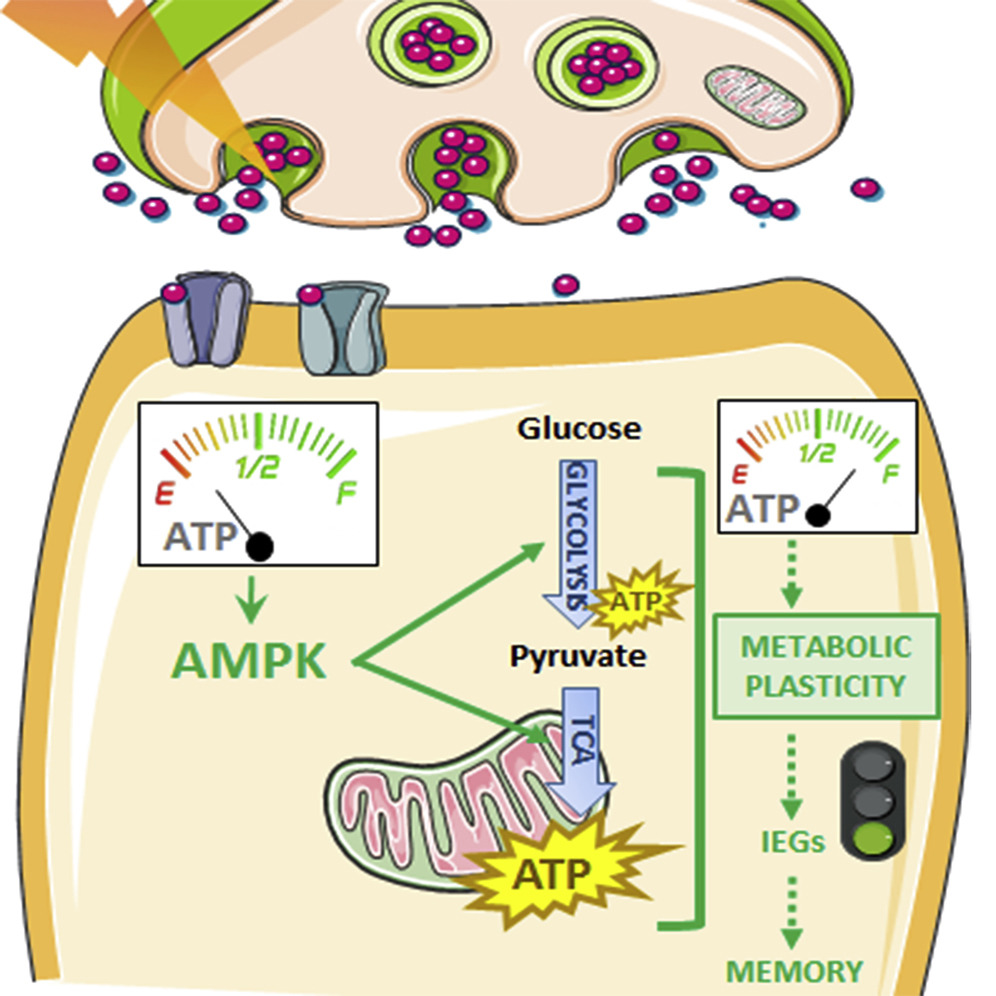Multimodal Behavior Analysis in the Wild, Advances and Challenges, Computer Vision and Pattern Recognition, 2019, Pages 79-102
A Comprehensive Guide to Solar Energy Systems With Special Focus on Photovoltaic Systems, 2018, Pages 469-484.
Carbon-Based Polymer Nanocomposites for Environmental and Energy Applications, 2018, Pages 437-61.
Carbon-Based Polymer Nanocomposites for Environmental and Energy Applications, 2018, Pages 415-436.
Advances in Renewable Energies and Power Technologies, Volume 1: Solar and Wind Energies, 2018, Pages 115-161.

